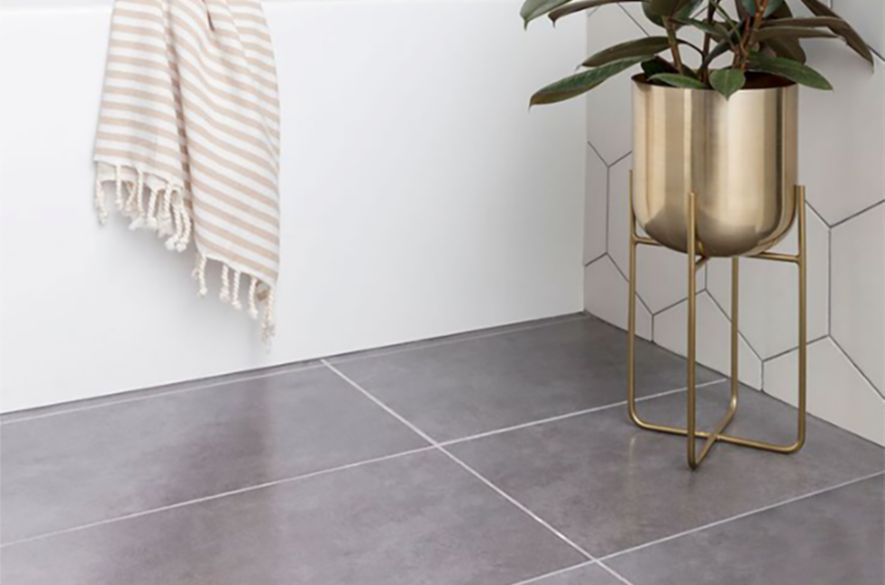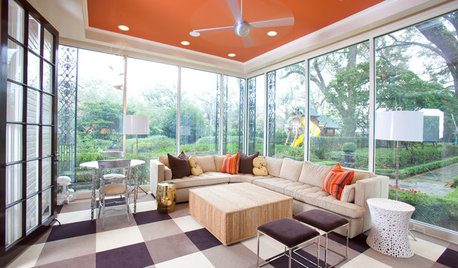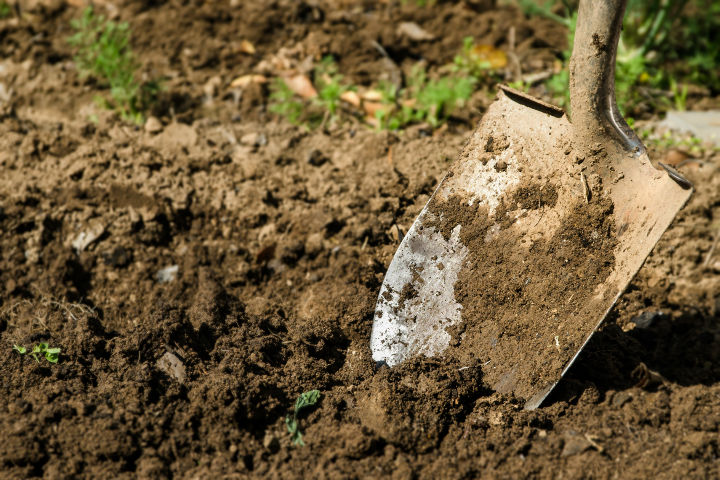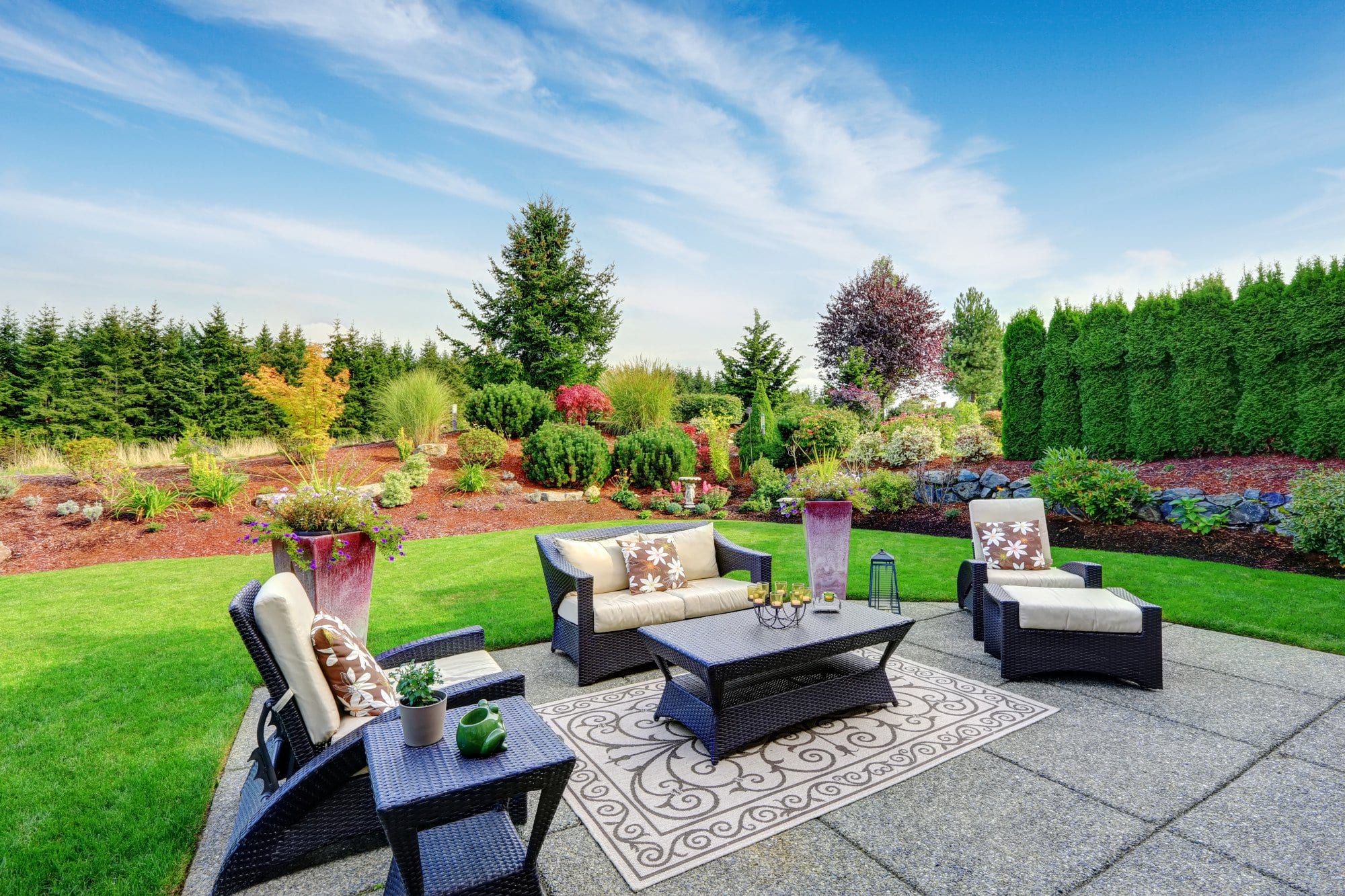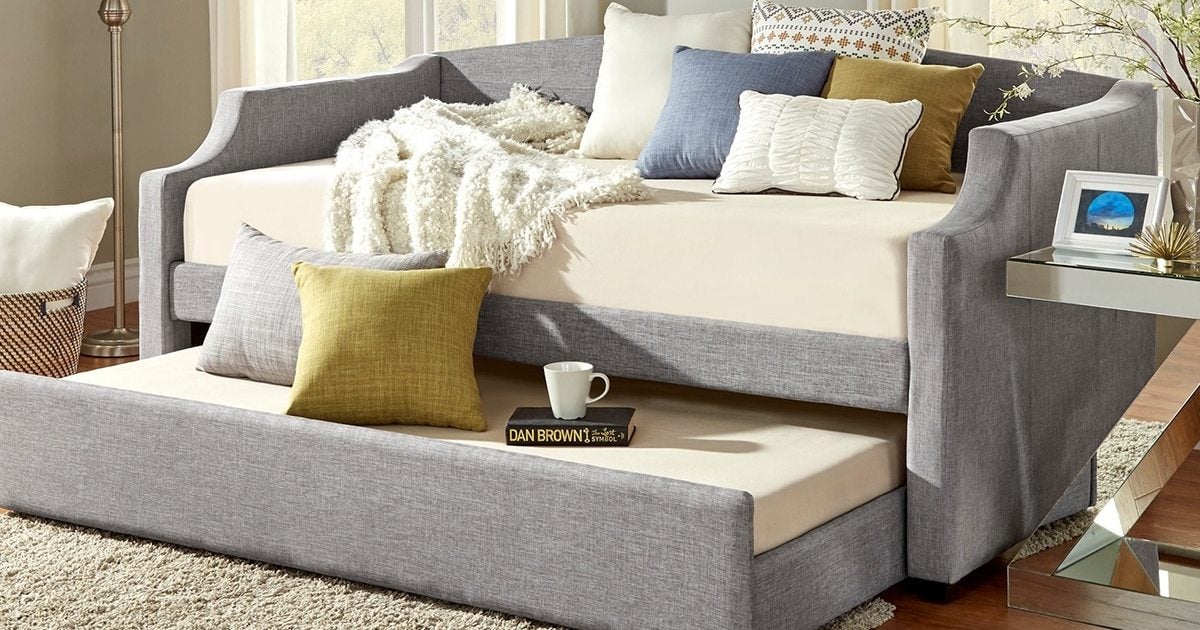A tile of 12×24 in dimensions is a pretty colossal tile. Today you will learn about different 12×24 tile patterns that you can implement in your own house. Building a home is a big responsibility and indeed a considerable achievement, but what is more important is making the home look beautiful so that it is worth your money, time, and determination.
While there certainly is a room full of things that you can implement to make your home beautiful, attractive, something that blows everybody’s mind, there is something that should be highest on your priority list of home beautification. Yes, I am talking about tiles.
One who is passionate about how his house is going to look, someone who certainly wants to create the best first impression of him and his house in the minds of others spends a whole lot of time in deciding what the Tile should be like? What should be its size? Should they use only a single sized tile, or should they use a mixture of different varieties? And trust me, the questions never end.
People even hire experts to suggest them the best possible option and sometimes to even take this precious decision for them. But deciding what color the tiles will be of, what will be their texture, what will be their size are not the only questions that house owners stumble upon.
Even if they are through all these decisions, there is one broad question left that can majorly affect the rest of your decision. It is to decide what type of layout you want your tiles to be aligned in.
The layout pattern, if chosen correctly, can do good with the worst of tile colors and tile sizes, but if the layout pattern is chosen without thorough thinking and analyzing can spoil even the best of tiles and tile colors.
Deciding a layout pattern is a too critical decision that you should give a long thought. Each shape and size of the tile suits a different type of layout pattern. It may be possible that a pattern suiting one shape and size of Tile might ruin with other types of tiles.
Today we will be looking at what type of layout patterns will suit a 12×24 tile, which is a pretty massive size with its advantages and disadvantages. The advantage is that it can make a small room look big, a narrow wall looks wide, and because it is a rectangle tile, it gives a different touch to your house than those regular tiles.
The disadvantage, on the other hand, is that it may not fit in or look appropriate in some small spaces. But today, we are here to discuss the different 12×24 tile patterns that you can implement for your own house. Here are some tile patterns that are generally considered while using a 12×24 tile.
Straight Lay Pattern
This probably is the most straightforward type of 12×24 tile pattern of all but is not used very widely also because of its simplicity. Laying tiles in this manner is probably the easiest as the worker can easily estimate how many tiles will be required in a room after considering the grout spacing.
It also facilitates them to know whether they will require partly cut tiles for the edges and can help them plan a perfect straight layout. There is no trick in laying out tiles in this manner. Each rectangular Tile is placed adjacent to other rectangular tiles in such a manner that its length is parallel to the adjacent Tile’s length, and its breadth is parallel to the adjacent Tile’s breadth.
This type of layout pattern is mostly used in case you have a lot of attractions in your room, and you don’t want the tile pattern to overshadow these attractions or distract the viewers from what you want them to see.
Running Bond/ Brick pattern
You probably must have seen how bricks are laid, and there is no denial of how attractive they look. You can practice the same thing as your 12×24 tile pattern or as a pattern for any size of Tile, keeping in mind that the Tile must be rectangular. This probably has become the most common 12×24 tile pattern of all. This is because of the unique look it can give your house at the same time; it is straightforward to implement.
In this type of pattern, tiles are laid like bricks, i.e., tiles are laid one upon another along the length so that the middle of one Tile is adjacent to the corner of another tile. There are a lot of variations, even in this single pattern.
The variations in this pattern are 50/50, 40/60, 30/70. These variations are in the context of the length of the Tile deducted from the length, after which a tile is placed above it. It tends to look like steps.
In the case of 50/50, half of the Tile’s length is left before placing another tile. This is generally not recommended for big tiles as the thick side of the Tile is put in adjacent to the thin side of other tiles. This can result in slippage. 40/60 or 30/70 patterns seem more subtle and do not come with a threat of lippage. One must lay the tiles in this manner without applying grout to know more details.
These type tile patterns are recommended for rooms that are either small in length or width. In a room with a small length, it should be placed along the length to make the room look longer, and in case of a room with not enough width, its length is placed along the room’s width so that the room appears to look wider.
Herringbone Pattern
If you want to be more creative with your tile laying skills, then the herringbone pattern is the most recognized 12×24 tile pattern that you can probably implement with a lot of ease. When implemented correctly, the tiles tend to reflect an L-shape pattern throughout the surface. This pattern is only possible with rectangular Tile and cannot be implemented using square tiles
In this pattern, a tile is laid perpendicular to the other Tile so that one’s length is in line with the other’s breath. This is implemented all along the floor and looks seemingly attractive to the viewers
But laying tiles in this pattern is more complicated than laying them in the previous two patterns but as laying Tile is a one-time investment and also nothing should compensate with the beauty of the house, so people generally don’t hesitate from spending hours or even days in laying the Tile.
To lay tiles in this pattern, one should lay them in the room floor in the same pattern, but without any fabulous be sure of the number of cuttings they need to make to implement the pattern and how many tiles will they need.
Basketweave Pattern
This is another creative 12×24 tile pattern that can add tons to the beauty of your house if implemented correctly. It is named so because it appears to be just like the threads of a basket. It is quite easily implemented as compared to the Herringbone pattern and can add to the beauty of your house even in a short duration of time,
For implementing this pattern, you need to be sure that the length of the rectangular Tile is double its breadth. Otherwise, the [pattern will be a disaster and a matter of laughter. In this pattern, two tiles are placed adjacent to each other along the length of the room, and two tiles are placed adjacent to each other, along with the breath of the room. On placing these two pairs together, we see that these are perpendicular to each other.
The best practice would be to lay the tiles in this manner without applying any grout first to see if this style of laying tiles appears right in the room or not and then try to place them with proper grouting and leveling.
Windmill Pattern
This 12×24 tile pattern is the toughest to implement and requires two types of Tile- square and rectangle. These seem to be the most attractive of all the patterns, but one must be very precise and consistent while implementing this pattern. I would recommend hiring an expert to implement this pattern.
The breadth of the rectangular Tile must be half its length, and the sides of the rectangular Tile must be equal to the breadth of the rectangular Tile. For this, four rectangular tiles should be placed upon each other at a perpendicular angle, and the space between the squares formed by the four rectangular tiles should be filled with square tiles.
The best practice again would be to lay the timeless on the floor in the pattern without applying grout to know how the edges would appear.
Conclusion
There certainly are more patterns that you can create by using a mixture of two or more tiles. But remember, the goal is to make the house look beautiful and not the tiling pattern to be creative.
You can go with the most straightforward pattern if it suits your needs and, most importantly, your house. Remember, you should adequately analyze which pattern would suit your house, your persona, and your wallet and choose accordingly.
12×24 tile patterns are seemingly more attractive as the tiles are significant, and the patterns do not hurt the eye. You can make these decisions by yourself, or you may hire a professional to make these decisions for you. Remember, the end goal is to make your house look attractive


